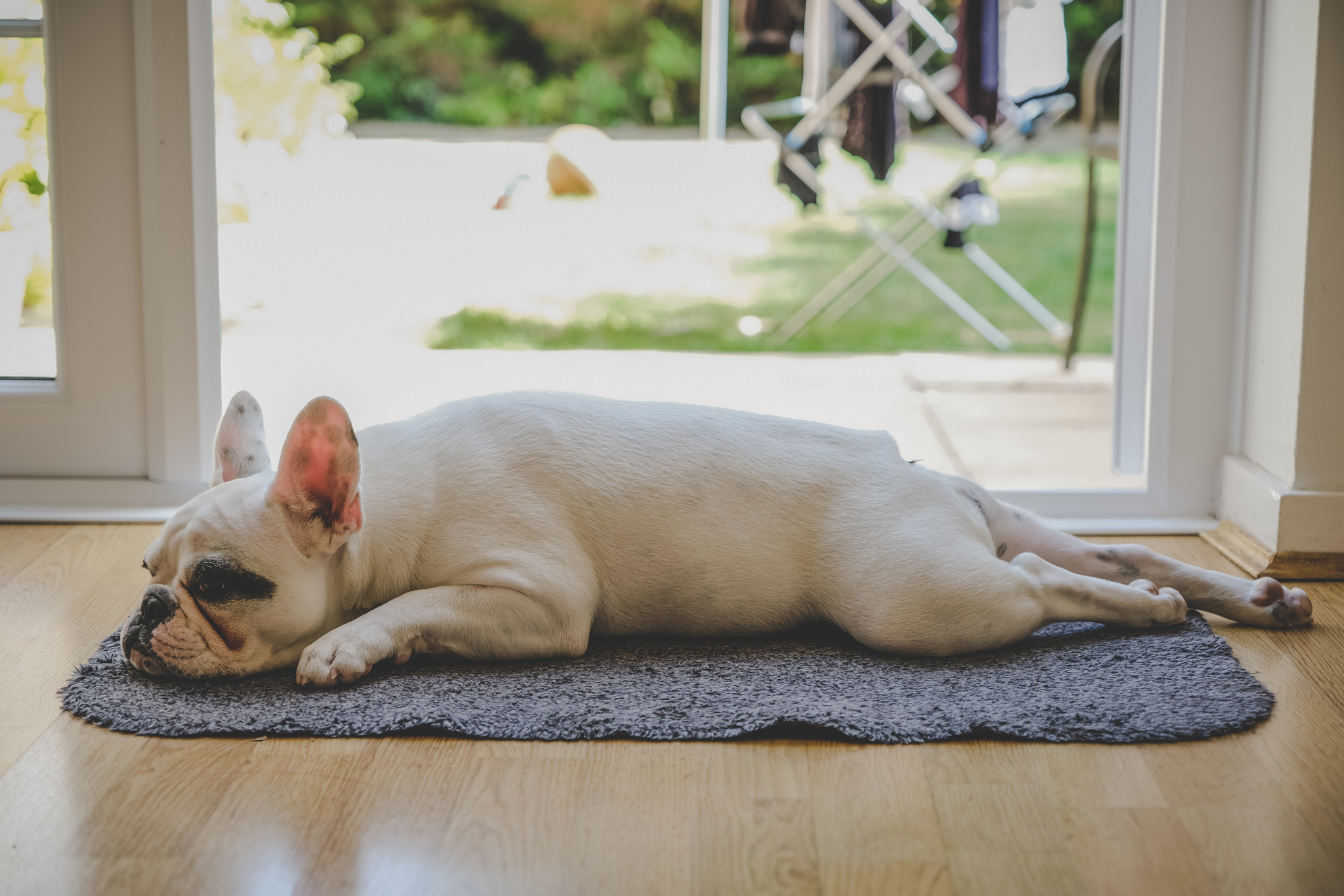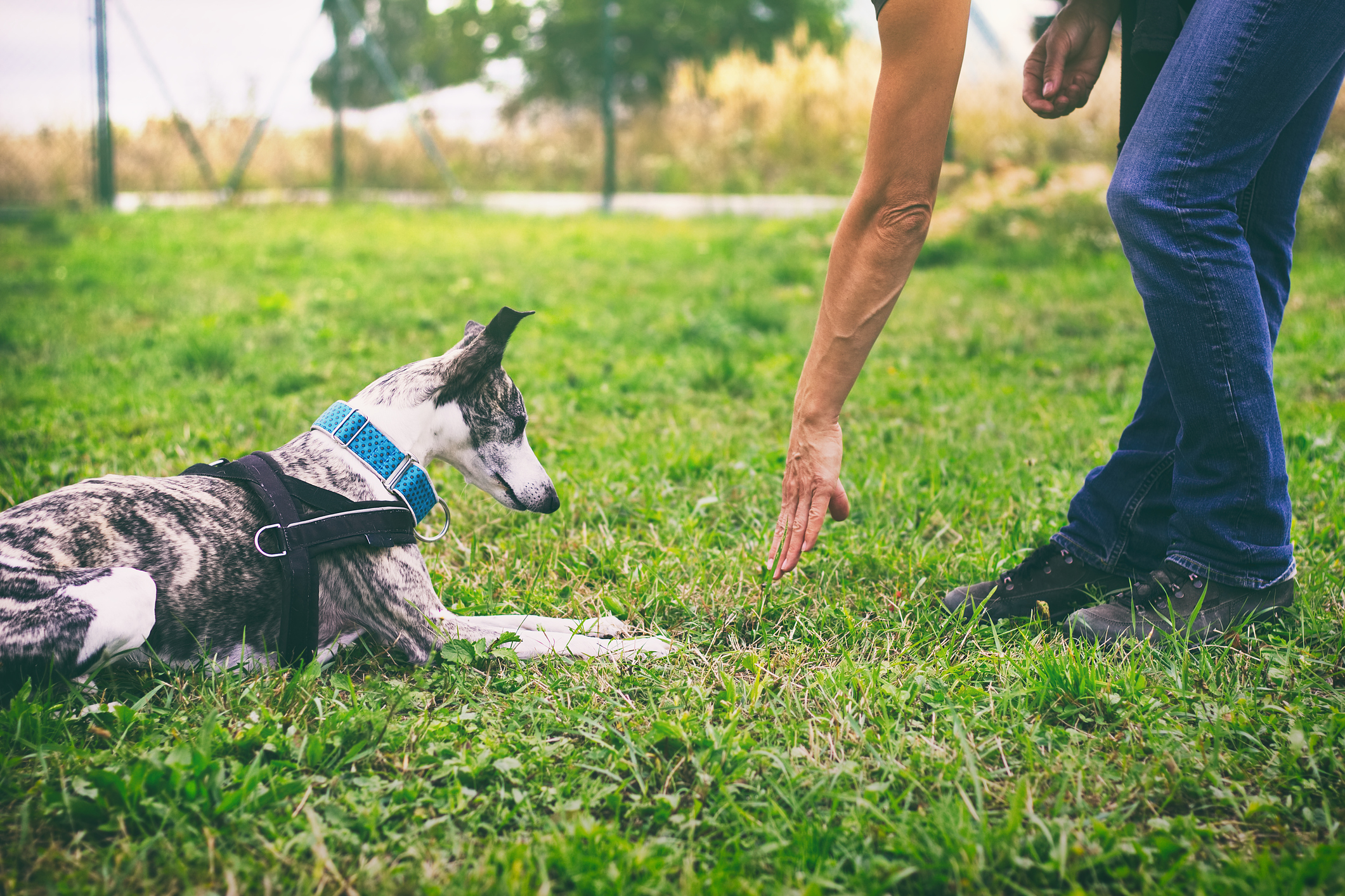
How to Help Your Dog Cope with Hearing Loss
Dogs rely on their sense of hearing every day. They listen to verbal commands, return to their owners after being called and perk up at the sound of another dog, the jingling of keys or the doorbell ringing. But if your dog experiences hearing loss, their auditory-centric lifestyle will drastically change.
A dog’s hearing can be affected by many things over the course of their life. Some dogs are born deaf due to a birth defect or genetic condition. Others may suddenly lose their hearing due to chemical toxicity, injury or untreated ear infections. And, as they age, many dogs’ hearing will gradually decline, potentially resulting in complete loss.
Deafness can occur in one or both ears, depending on what is causing it. Most pet owners have no idea that their dog is actually deaf in one ear, since the pet can’t communicate their hearing loss, and testing for deafness requires specialized treatment. Although some forms of hearing loss (like wax buildup) can be corrected in dogs, many cannot, and the hearing loss will be permanent.
Hearing loss can drastically change your dog’s life, but it doesn’t have to be detrimental. Because dogs don’t usually tolerate things like hearing aids, you’ll need to find ways to help your pup cope with their hearing loss through a few adjustments.
Detecting hearing loss
Whether you have a dog who was born deaf or a dog who lost their hearing later in life, it will be up to you as the owner to spot the signs of hearing loss and get a diagnosis to confirm. A few different things may clue you in to the fact that your dog is experiencing hearing loss.
Most commonly, dogs with hearing loss will not respond to verbal commands or react to sounds they normally would, like the doorbell. They might only respond if they can see you directly. If they have reduced hearing or are deaf if one ear, they might turn in the wrong direction when you call them.

Deaf dogs may also sleep more than usual and won’t wake up if you call them—you may need to touch them to get their attention. If you touch them without being in their line of sight, they may appear startled.
Some dogs will also bark excessively or show other symptoms of anxiety. This is particularly common in dogs who were born with hearing but lost it over time.
Helping dogs cope with hearing loss
Your dog may adjust to their hearing loss differently depending on how it came about. Dogs who have been able to hear their entire lives but lose their hearing suddenly due to an infection or injury may have a harder time adjusting than a dog who was born deaf. Older dogs who lose their hearing may also have an easier time adjusting, since the hearing loss is typically gradual. Your dog might not even notice the changes over time!
Even still, dogs rely on their sense of hearing to navigate the world around them. This is particularly important in public spaces, where sounds can alert your dog of danger and help them stay out of trouble. You’ll want to be mindful of your dog’s adjustment to their hearing loss and seek help if they appear to be suffering from anxiety or having trouble adjusting.
Here are some things to keep in mind to help your dog adjust to a soundless world.
Supervision in public
Safety is a big concern for dogs with hearing loss, since they aren’t able to hear danger approaching them. This is particularly true in areas with lots of traffic, since your pup won’t be able to hear approaching cars. Dogs with hearing loss in only one ear may also become disoriented or startled more easily by moving sources of noise.
Additionally, if your dog gets away from you, they won’t be able to hear you calling them.
If you’re out in public, always keep your dog close and leashed so they can’t run away. It might help to add a bell to your pup’s harness or collar. This way, you can identify them if they do wander away from you.
Communication

Many pets learn to respond to verbal commands at a young age. If they lose their hearing later in life, they won’t be able to hear commands and respond. Deaf dogs will need to be taught hand signals for communication.
Training pets who were born deaf is generally easier than training dogs who lose their hearing later in life—especially those who lose their hearing abruptly. It’s not impossible to teach older dogs new commands, but you may need the help of a trainer.
You can also get ahead of this by training dogs with hand signals (with or without verbal commands) at an early age, even if they can hear. This can make the transition to hand-only signals seamless later.
Comfort at home
Your dog will navigate your home a little differently after they lose their hearing because they will need to rely on their other senses. To make them comfortable, you’ll need to find new ways to communicate with your dog.
Your pup will learn to rely more heavily on sight and vibrations to observe their world. You can use these things to get your dog’s attention when they aren’t looking at you, such as stomping on the ground or flashing a light. Rewarding your dog when they respond to these things can help train them to respond in ways that aren’t auditory.
Also, avoid startling your pup while they sleep by touching them abruptly. Approach them and allow them to sniff your hand to wake them up, or lightly tap the ground near them before you touch them. Always position yourself in their line of sight if you do touch them to prevent fear.
Over time, you and your dog will find new ways to communicate effectively without auditory instructions. By staying patient and working with your dog’s needs, you’ll help them adapt to their hearing loss more easily and live a happy life.


